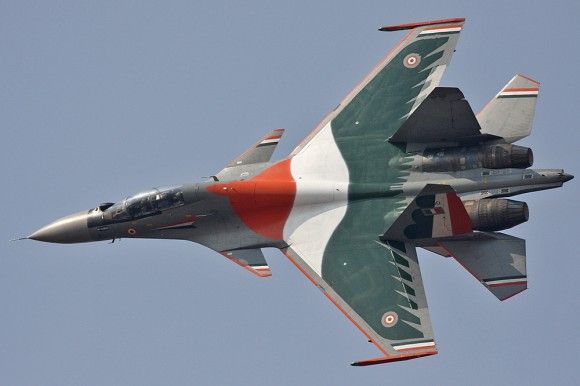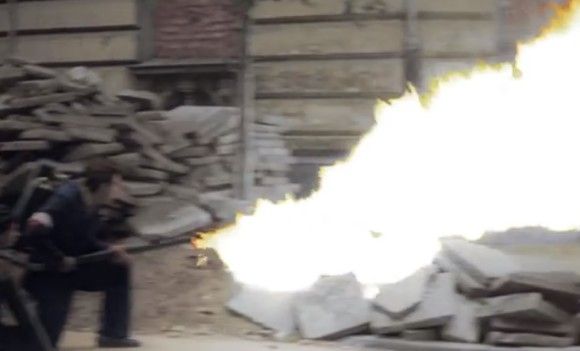Industry
Polish PIAP Gripper Will Help To Remove Space Debris
Functional tests of the gripper, which, in the future, could be used by ESA to deorbit the inactive satellites, have come to an end at the Industrial Research Institute for Automation and Measurements. The aforesaid equipment may be utilized during the mission, the goal of which would be to deorbit the Envisat satellite, which poses a major threat for other objects which remain in the Earth’s orbit.
Among the leading space agencies, more and more attention is being paid to the problem area related to so called space debris, namely cluttering of the orbits with a high quantity of inactive satellites and upper stages of the launch vehicles. More and more objects of this type appear in the orbit year by year, and they are becoming a growing threat for the satellites that remain operable and for the manned missions. It is estimated that out of 20,000 objects that remain in the Earth’s orbit, only 900 are still functional.
ESA is one of the space agencies which is struggling to deal with this threat. Poland has joined the European Space Agency’s structures back in 2012. ESA also owns the heaviest satellite to have ever been put into the Earth’s orbit, the 8-tonnes Envisat platform, which remains inactive. Considering its size, weight, and the fact that the said satellite is placed on an orbit within which another two Envisat satellites are operated, it is classified as a major threat. Should a collision take place, the aforesaid platform would form a cloud of space debris which would increase the quantity of the objects remaining in space, heightening the risk of future collisions.
Around 2020, ESA is planning to launch a maintenance satellite which would intercept Envisat and introduce it into the Earth’s atmosphere in a controlled manner, so that the said satellite burns during the re-entry phase. In the light of the aforesaid plans, ESA has been intensifying the programmes, the goal of which is to develop the technologies which soon would make it possible to maintain and dispose of non-operable satellites, such as the Envisat platform. Within the scope of one of such programmes implemented at the Industrial Research Institute for Automation and Measurements, a gripper has been designed, the purpose of which would be to intercept large and heavy satellites.
The Polish gripper is capable of quickly clamping the object, which is an advantage, especially in conditions with significant positioning errors. These two capabilities bear most of the significance, in conditions without gravity, and they place us in the front row of contractors of such devices. The capabilities as such have been obtained thanks to optimization of the gripper’s “fingers”, the shape of which has been tailored and optimized to grab the adapter ring, used to place the satellite on top of the rocket – which is an indispensable element of any large satellite. The gripper has already gone through the initial functional tests at the Industrial Research Institute for Automation and Measurements, with a positive result. Now, the test programme is being continued at the laboratories of our partner, in France. In May the system will go through the final validation tests at the ESA technological centre. It is our first major project focused on the space sector. Here, it is worth to stress the fact that the implementation of that project would not have been possible, had it not been for the Polish membership in the ESA structures. The level of technological readiness of the design is defined – at the moment – as TRL 3.
Should the Polish gripper be selected for the Envisat deorbiting mission, it is going to be fitted onto a robotic arm, which would become an equipment of the maintenance satellite intercepting the non-active platform. It is worth to add that during the gripper design andd construction works, experience and some solutions developed by the Industrial Research Institute for Automation and Measurements for the counter-terrorism robots have been utilized. These robots, since several years, have been sold on the international market.





